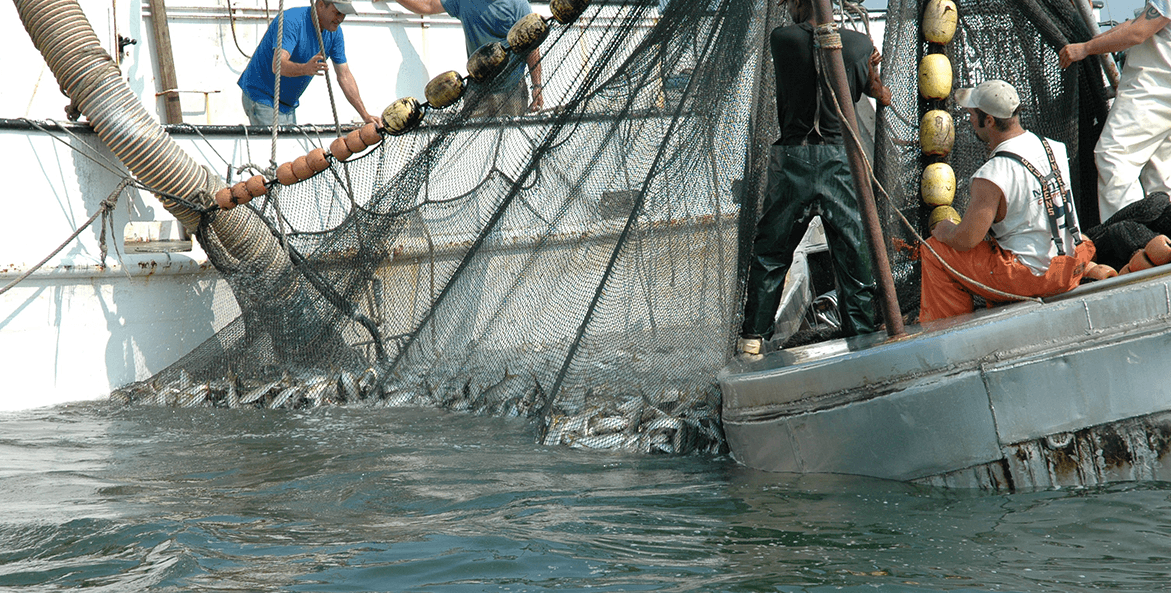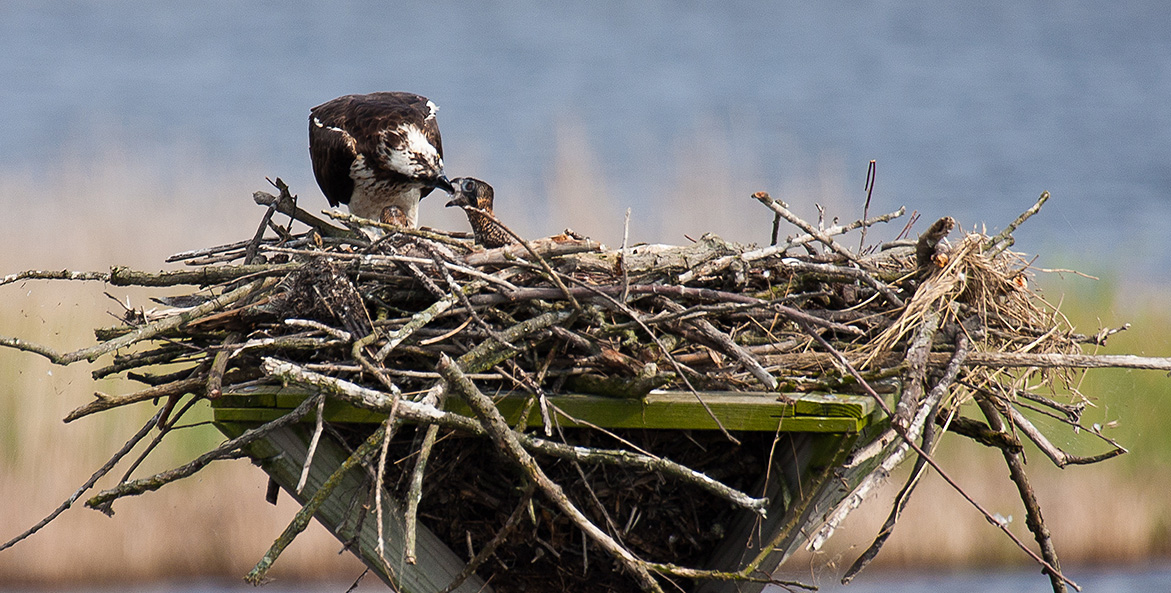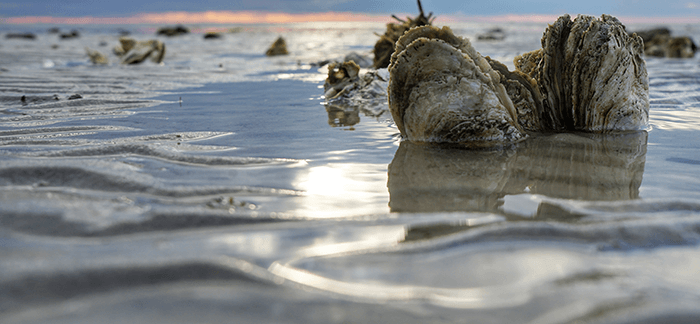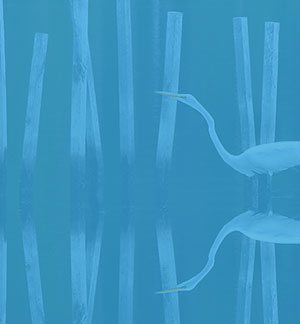This post was originally published as an opinion column in the April 17 edition of The Virginian-Pilot.
After a long, cold winter, the return of osprey to the Chesapeake Bay this March from their wintering grounds in Central and South America marked a welcome sign of spring.
The Chesapeake Bay is home to the largest breeding population of ospreys on the planet. Every spring, more than 10,000 pairs of this legendary bird flock here to nest. That’s a remarkable rebound from the just 1,450 osprey pairs nesting here in the 1970s, when they were ravaged by the effects of the pesticide DDT.
Their comeback is one of conservation’s great success stories. Yet now, once again, something is very wrong.
Osprey raise their young along the Chesapeake because it has historically been a prime feeding ground. The most important staple on these osprey’s menu is the menhaden, a small nutrient-packed forage fish. Decades of research shows that ospreys are highly sensitive to fluctuations of the menhaden population.
Researchers have reported a catastrophic failure for nesting ospreys, finding, for example, only 17 live chicks out of 167 nests monitored in Mobjack Bay. At most sites monitored up and down the Chesapeake, osprey reproduction rates were worse than during the DDT era.
The chicks were starving in their nests. Wildlife rehabilitation centers reported a flood of baby ospreys brought in. Necropsies of dead chicks confirmed starvation as the cause.
These are heartbreaking scenes. Concerns are mounting that the osprey decline is linked to menhaden, the target of a colossal industrial fishery based in Virginia. As an indicator species, osprey can provide early warning to a possibly flailing ecosystem.
As these uncertainties grow, the potential for erasing the progress ospreys have made in the past 50 years becomes more and more of a reality.
We need more science to get to the heart of the matter and better protect osprey. But for the second consecutive year, the Virginia legislature failed to fund the critically needed menhaden study.
Unsurprisingly, the foreign-owned company that pulls 112 million pounds of menhaden from the Bay annually—Omega Protein—played a role in preventing the menhaden study funding this year, a study that was designed by Virginia Institute of Marine Science and Omega Protein in 2023.
Menhaden are foundational to the Bay’s ecosystem, serving as food for not only ospreys, but also other birds, fish, and even dolphins and whales. Anglers depend on menhaden to encounter popular game fish such as striped bass and red drum. Bay watermen rely on menhaden as bait for the valuable blue crab fishery.

Commercial fishing boats pull up a net chock-full of menhaden.
John Surrick/CBF Staff
Ocean Harvesters, the company whose ships are contracted by Omega Protein, sucks menhaden out of the bay by the metric ton using huge nets, then Omega grinds them up for industrial uses. Net tears and fish spills have left thousands of pounds of menhaden and red drum to rot on Virginia beaches.
Virginia is the only state along the Atlantic coast to allow industrial fishing for menhaden. About 70 percent of the menhaden harvest is concentrated in and around the Chesapeake Bay.
Currently there is no way to know if this industrial fishery can operate in the Bay while leaving enough fish for non-industrial fisheries, coastal birds, and other predators.
The longer the menhaden study plan is delayed, the more scientific uncertainties around osprey, menhaden, and the health of the Chesapeake Bay’s ecosystem increase. As these uncertainties grow, the potential for erasing the progress ospreys have made in the past 50 years becomes more and more of a reality.
Their decline could be a warning sign of looming catastrophe for many of the bay’s other species.
Ospreys are an iconic sign of spring in Virginia—from their distinctive call to their majestic dives into the water. If we lose them, we lose a part of our natural heritage.
We need dedicated menhaden science in the Chesapeake Bay before it is too late for the osprey.
Roberta Kellam of Northampton County serves as president for the nonprofit Birding Eastern Shore, Inc. She volunteers as an osprey monitor and previously served on the State Water Control Board.
Issues in this Post
Fisheries Atlantic Menhaden Chesapeake Wildlife Chesapeake Wildlife Ospreys



